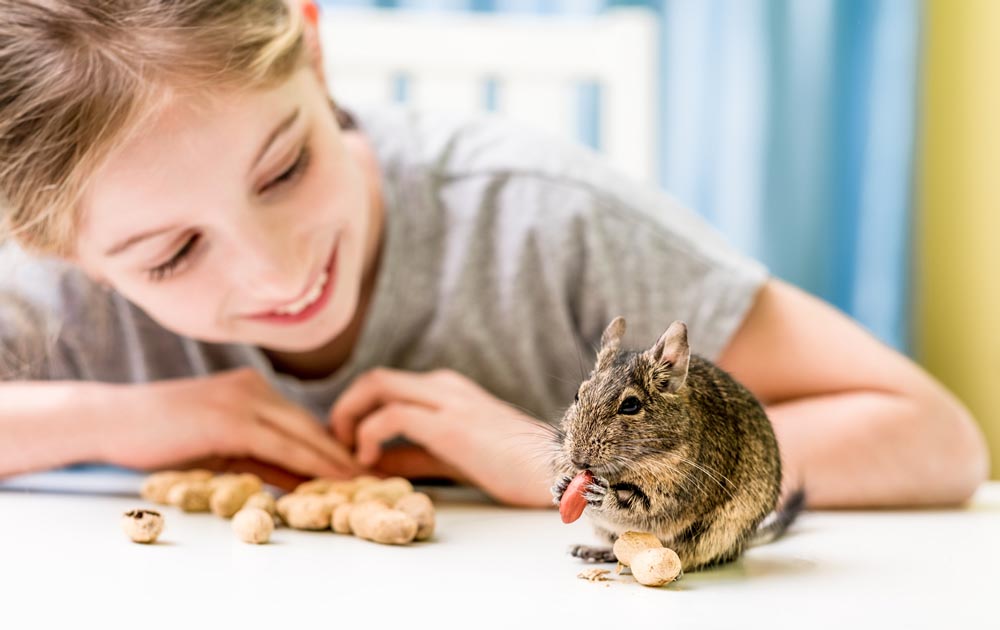JavaScript seems to be disabled in your browser. For the best experience on our site, be sure to turn on Javascript in your browser.
Choosing the right home for your small furry Pet

Small furry pets encompass a range of species. Examples of furry pets include Guinea-pigs, hamsters, gerbils, degus, rats, and chinchillas. While small furry pets may have similarities, in terms of being easier to care for than some other pets, they are different groups and different small pets may fit into different households.
Although small pets usually have less freedom to wander than other big pets, it is important to consider the location of the house they are going to live in and what they will have access to. This is going to come down to your needs and theirs!
Below are some things you should remember before preparing your home for these furry little pets;
- Bringing in a pet to become a part of your family requires a lot of attention. Most times, little pets get tucked away, forgotten, or ignored in busy homes.
- Many small pets end up in your bedroom. This can be a nightmare for your sleep especially when you keep nocturnal pets like hamsters
- You have to keep them away from foreign air because while chemicals from sprays such as hairspray or deodorant might be harmless to us, in high density, they can cause problems for our small pet's lungs.
- Creating a pet-proof environment is very important. For larger pets, this might be achieved easily, but very few pets such as your furry pet which can squeeze through very tiny holes, creating a pet-proof environment should be of topmost priority.
What to consider when choosing the best cage for your small furry pet
Finding the right cage for your furry pet will help ensure that your pets are safely contained. It would also help you to keep them entertained, as you can add as many fun features, like climbing rope bridges, swings, cushioned bedding, and interconnected tubes, as you’d like.
The best cage for your pet is dependent on the number of pets that will be living in the cage, the type of pet you get, the age of the pet, whether you need the cage to be mobile or stationary, and how many levels you want for your cage.
Please note that the more tiers there are in your furry pet's cage, the more space your pet gets to carry out activities like running, climbing, and playing. However, a single pet isn’t likely to need a double-tier unit in its cage.
Given that your pet will be living, eating, and drinking inside the cage, you also need to consider the material of its cage. Consider opting for a material that’s odour resistant and strong enough to resist damage; just in case your furry companion decides it would love to gnaw itself out of the cage.
Since it is recommended that you clean your pet's cage a minimum of two times per week, it’s important to find a cage that makes cleanup a breeze. Get cages that can lift away from the base or cages that have a slide-out tray that is easy to access and clean.
To help you select, check out some of the best cages we rounded up below.
- Rat Cages:
Your rate cage shouldn't just be home but should be a comfy zone for your per and an easily maintained space for you.
Click here to check out over 50 different rat cages.
This cage is suitable for Degus, Chinchillas, Ferrets, Gerbils, Hamsters, and other furry small-sized animals. It features two levels made of coated metal construction set on wheels with a pull-outlet base to include a pull-out cleaning tray and four large swing opening doors located at the front of the cage. It also contains two platforms, three ladders, and two hammocks
This Trekker cage features a Pull out lower tray and grill, 2 large front doors with 4 levels, and 3 ladders. It is suitable for Rats, Chinchilla, Ferret, Degu, Gerbil, and other small mammals and reptiles.










